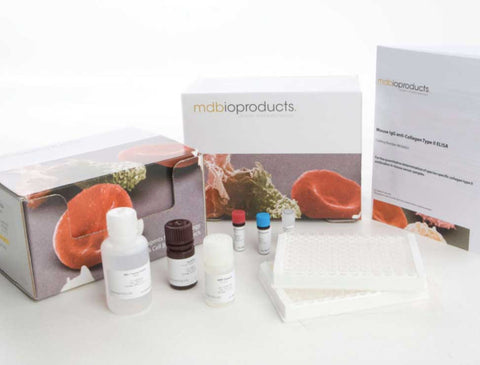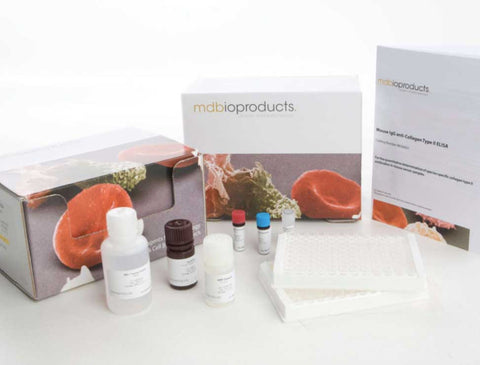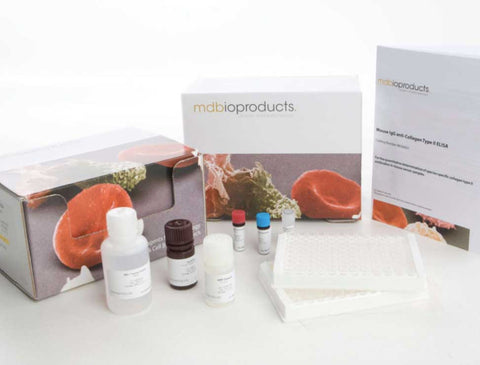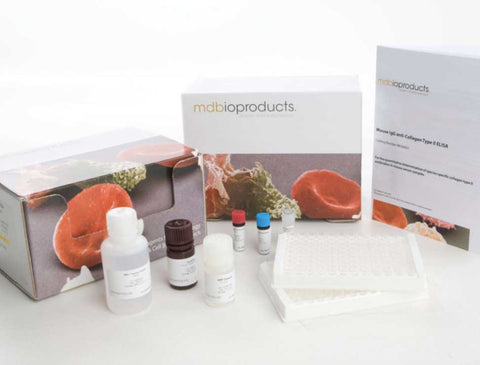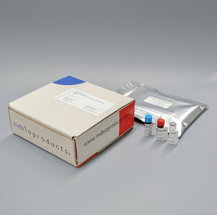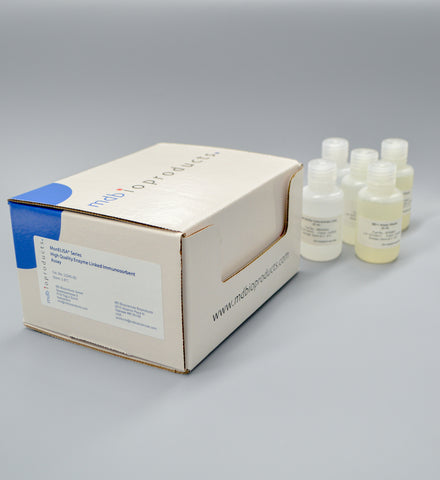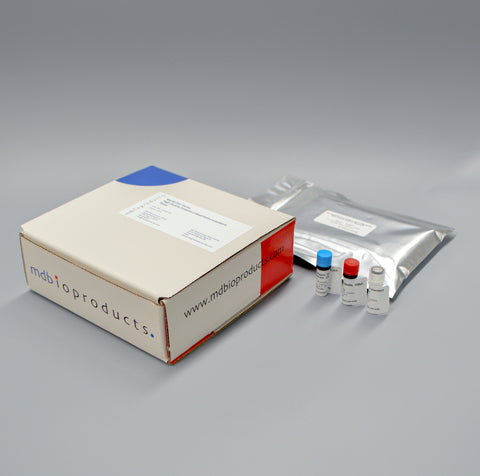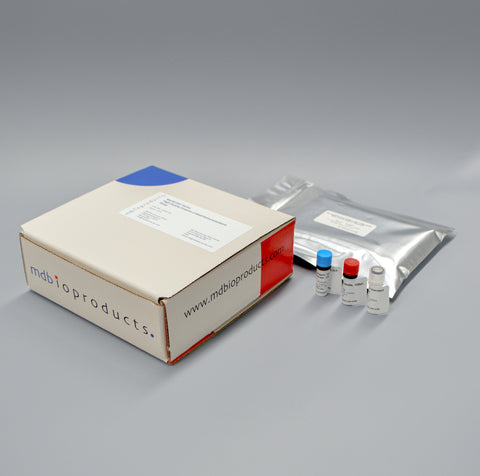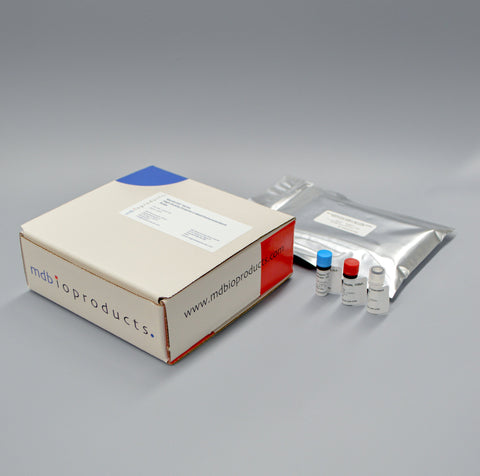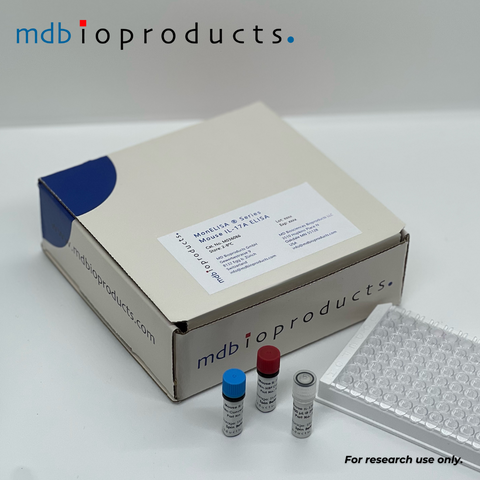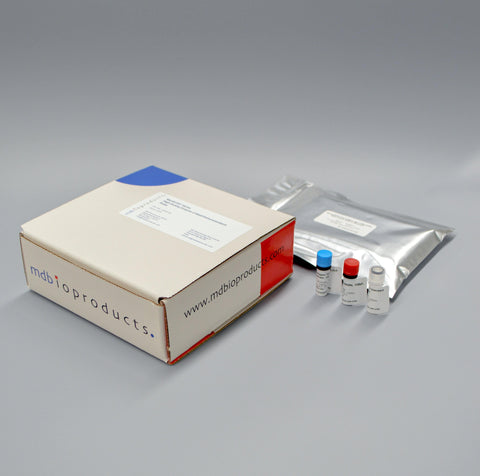MonELISA®
The MonELISA® line of assays is MD Bioproducts’ answer to the demand for flexibility and cost efficiency. The expanding line of products offers users the convenience of purchasing high quality, expertly developed and manufactured kits with uniform assay protocols.The MonELISA® line consists of an accessory kit with common reagents used for all assays. To learn more about MonELISA®, click here.

